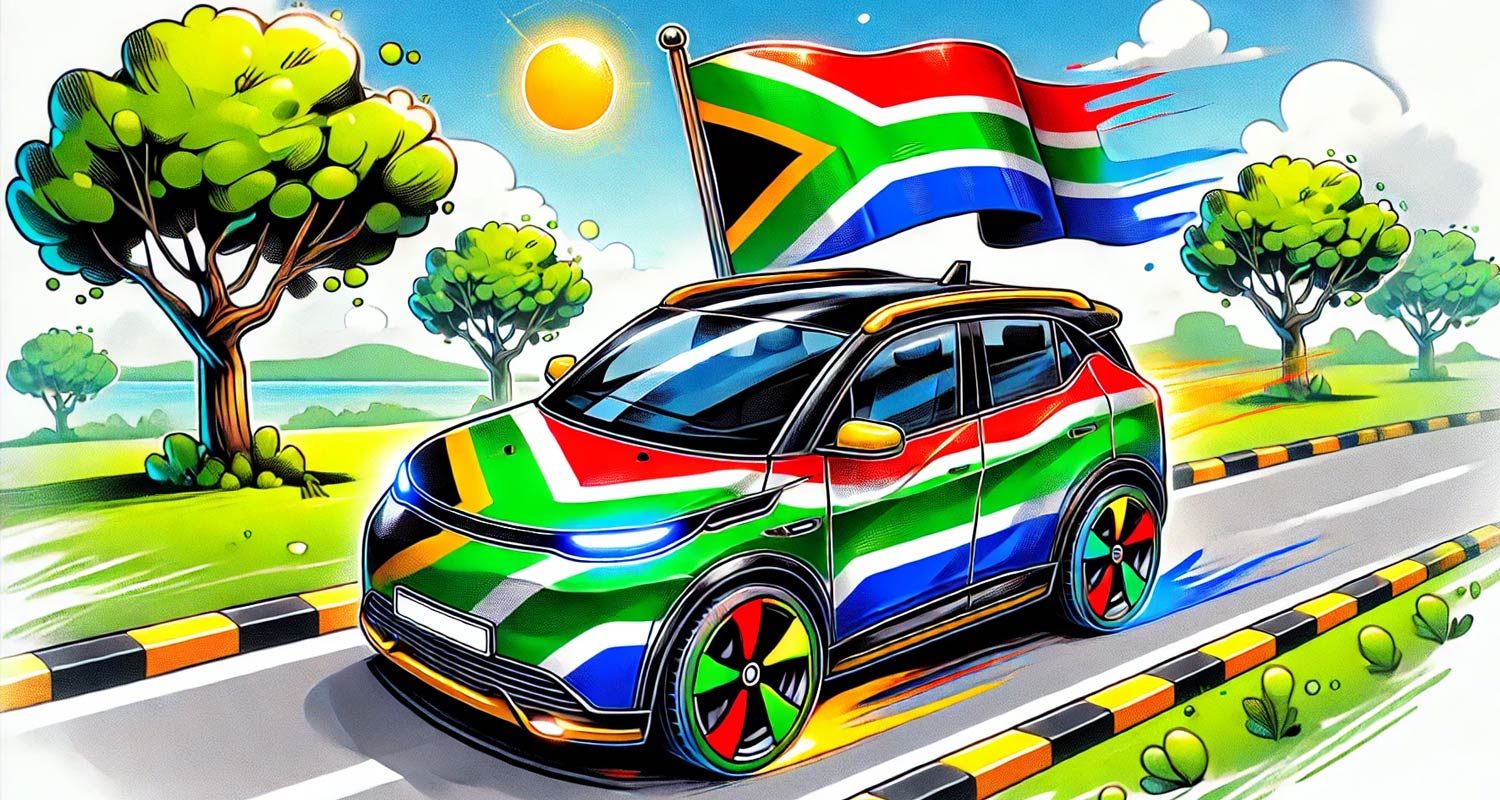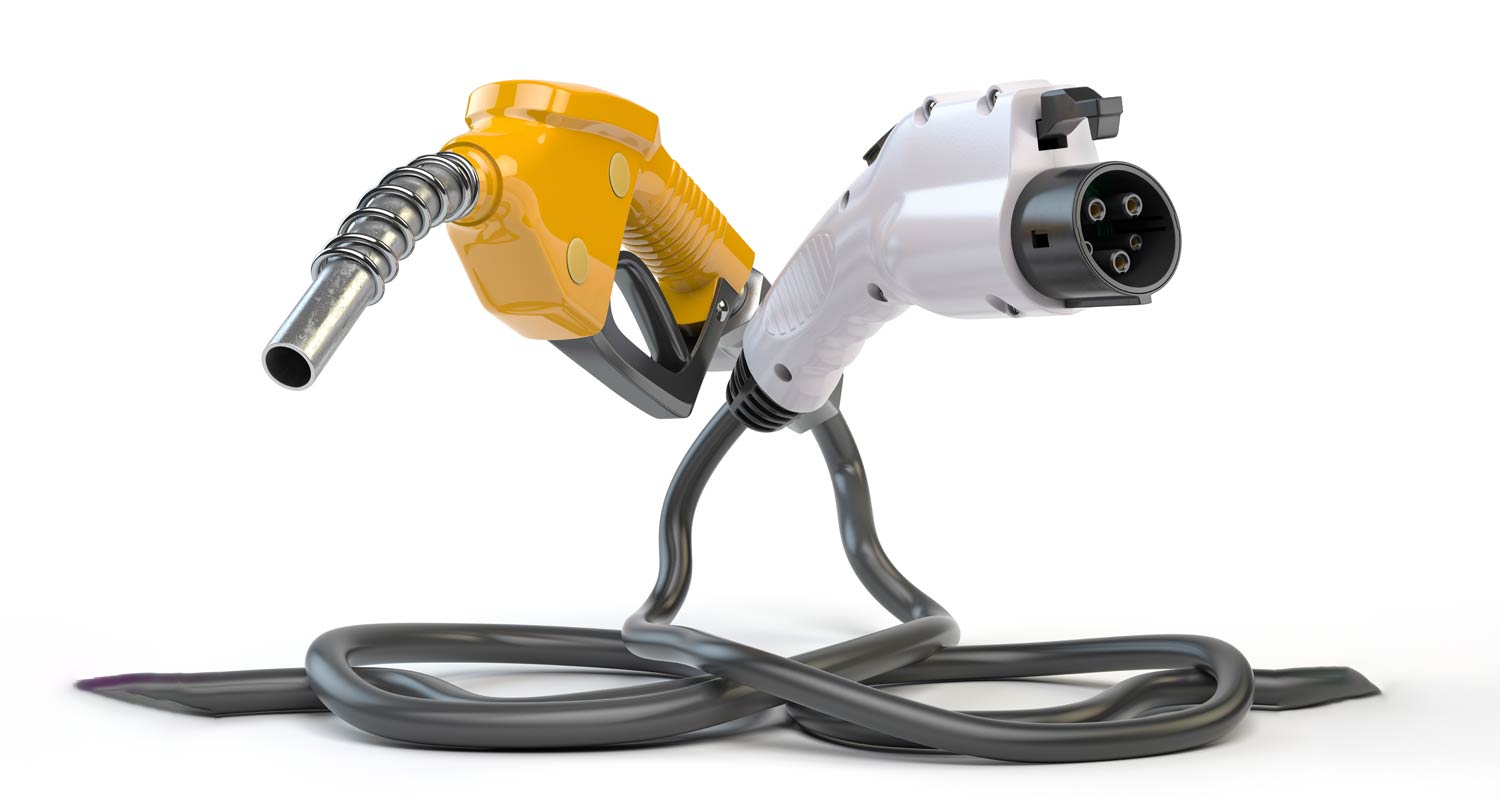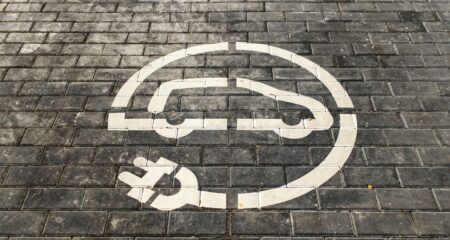
Despite years of load shedding, bouts of political unrest and government’s delay in setting a policy direction to guide the automotive sector as it moves to new energy vehicles (NEVs), South Africa remains an attractive destination for manufacturers to invest in productive plant capacity.
That’s according to Nathan Fredericks, senior industry development planner specialising in automotive and NEVs at the Industrial Development Corporation (IDC). Speaking to TechCentral in an interview this week, Fredericks said political stability, fair labour practices and a transparent subsidy regime for the automotive sector are among the characteristics that make South Africa stand out against many other countries.
“South Africa is very fair in its treatment of workers, whereas some other countries exploit loopholes,” said Fredericks. “Our automotive subsidies are also transparent and apply across the board, but in some places incentives are very company specific. We have good trade agreements with major export destinations such as the EU and the US, so we can export to those countries with fairly low penalties in terms of duties.”
In February, finance minister Enoch Godongwana introduced long-awaited supply-side incentives to attract investment in EVs. The regime, only coming into effect in 2026, will allow producers of electric (and hydrogen) vehicles to claim up to 150% of “qualifying spend” in the first year.
Fredericks said the policy certainty that the introduction of the incentive scheme gave to the market bolstered South Africa’s value as an investment destination for NEV production. He added that bouts of political unrest and the formation of a government of national unity following the general election in May could seem disruptive internally, but South Africa is seen as politically stable when compared to some other jurisdictions.
He said motoring manufacturers such as Ford and BMW have already committed to producing NEVs in South Africa. However, the industry view is that supply-side incentives must be met with similar policies on the demand side to increase NEV uptake.
Opportunities for investment
For the IDC, vehicle production is only the start of the opportunity when it comes to the development of an NEV ecosystem in South Africa. IDC research has identified five key value chains as opportunities for investment and growth:
- Machinery and equipment: Applications include mining, agriculture and long-haul logistics. Curiously, most of South Africa’s forklifts have already been converted to electric models;
- Battery value chain: The production of cell components to battery pack recycling and second life options;
- Micro-mobility: Fredericks said South Africa can exploit the explosion in the demand for two-, three- and four-wheelers and light delivery vehicles, including in the rest of Africa;
- Public transport: Buses and minibus taxis; and
- Charging infrastructure: The various forms of electric mobility need specialised charging infrastructure to support them.
The IDC research identified a lack of charging infrastructure and total cost of ownership as the two most significant barriers to EV adoption in South Africa. One of the recommendations the organisation has made to tackle cost of ownership is for government to consider removing import duties on EVs, including luxury goods taxes, which could lead to the cost of an EV dropping by up to 51% in some cases, Fredericks said.
Read: EV shift critical to South Africa’s car manufacturing industry
For last-mile delivery applications and public transport, South Africa is experiencing better total cost of ownership even when taxes on EVs are factored in. This, said Fredericks, supports the case for the decarbonisation of the country’s transportation sector.
 “South Africa will still be a favourable investment destination. It has a lot of OEMs (automotive manufacturers) and they have long histories in South Africa. But history is not enough – you need competitiveness at the end of the day.” — © 2024 NewsCentral Media
“South Africa will still be a favourable investment destination. It has a lot of OEMs (automotive manufacturers) and they have long histories in South Africa. But history is not enough – you need competitiveness at the end of the day.” — © 2024 NewsCentral Media
Don’t miss:
You read about the epic South African EV road trip – now watch the documentary




